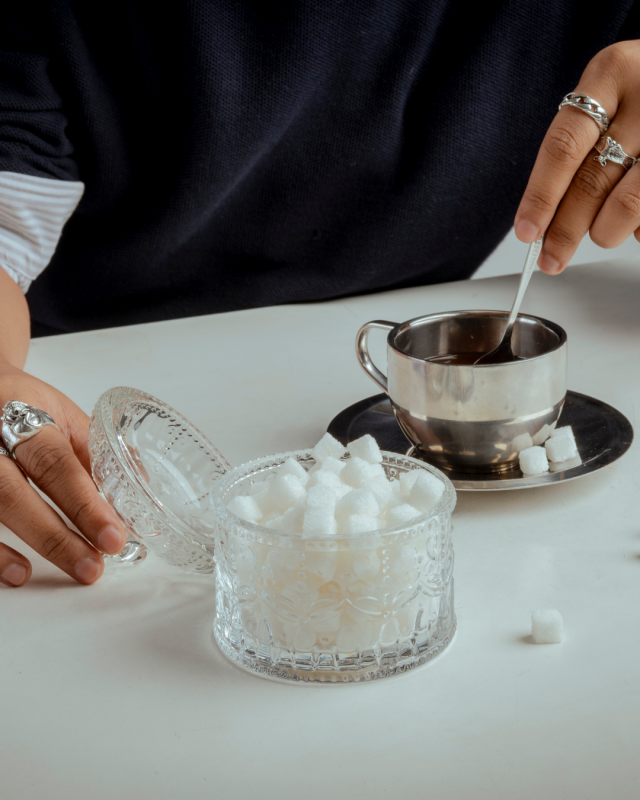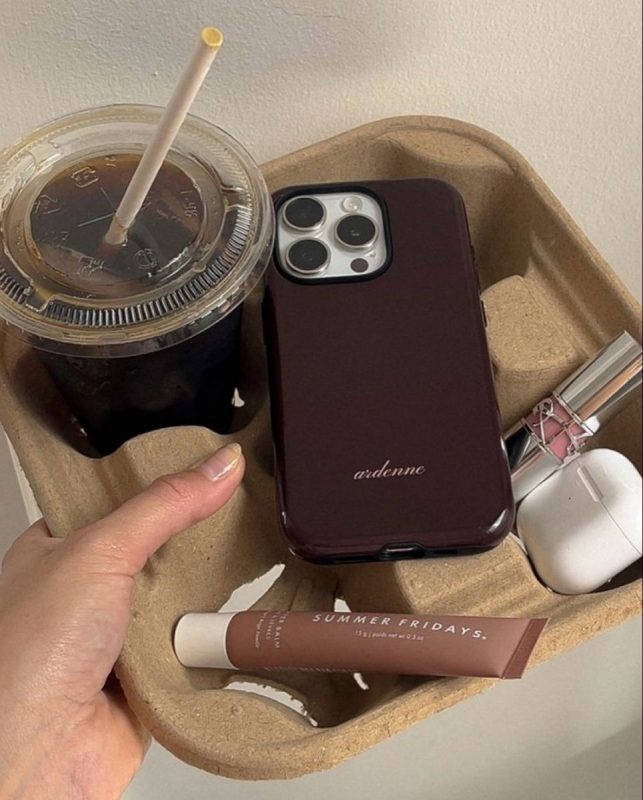News

If 2023 was the year brands experimented with AI, 2025 is the year it became business-critical. From instant content generation to always-on ad optimisation, the tools are smarter, faster, and more accessible than ever. But there’s a catch: the more noise we create, the harder it is to stand out – and be believed.
We’re entering an era where attention is abundant, but trust is rare. And that’s exactly where PR steps in.
Speed, Saturation, and the Decline of Trust
AI has democratised content. Nowadays, anyone can publish, promote, and perform. But with that has come a wave of sameness: templated tone, surface-level thinking, and a growing sense of consumer scepticism.
Against this backdrop, trust becomes the most valuable currency in the room. People are turning to the credible, the curated, and the culturally relevant. Think editors, experts, stylists and creators. Think word-of-mouth and real-world advocacy. In short… earned attention.
It’s not just a brand reputation play. Earned media now plays a critical role in how AI systems find, categorise, and elevate content.
The Data Backs It Up: PR Budgets Are Rising
The latest IPA Bellwether Report echoes this shift. Despite a shaky economic start to the year, Q2 saw a robust rebound in marketing investment, with PR budgets rising for the eighth consecutive quarter. Events and brand experience also saw uplifts, while traditional main media spend stayed flat or declined.
Short-term activations like creator campaigns and content drops are performing well. But marketers are also doubling down on what drives long-term value: storytelling, creativity, emotional connection, and trust. The report confirms what we’re seeing on the ground – PR isn’t ‘nice to have’. It’s central to brand effectiveness.
Earned Is Everything: And It’s Evolving
Earned media isn’t just about coverage anymore. It’s about discoverability. Large Language Models (LLMs), the tech behind AI-native search tools like ChatGPT and Claude don’t just pull from websites. They prioritise trusted sources: top-tier media, expert commentary, structured content, and signals of social proof.
Getting your brand into those spaces isn’t easy to fake. You have to earn it. And that’s exactly the point.
“AI is redistributing the power in digital visibility. What it’s basically saying is: ‘We trust real journalism, not ads, not sponsored noise, not paid hype’, and it’s arguably the strongest case we’ve had for PR, media relations, tastemaker connections and thought leadership – if you want to show up in AI search, invest in PR that earns attention, not buys it”, adds Holly Brunskill, Co-Owner, b. the agency
And the data backs it up.
According to a recent Muck Rack analysis of over a million AI user prompts, 96% of AI-generated search results cited sources that fall squarely in PR territory – with only 1% referencing press releases and virtually none including paid or sponsored content. Instead, AI tools like ChatGPT are favouring trusted journalism, expert-led commentary, and editorially independent sources.
In other words, AI is doing what PR has always aimed for: prioritising credibility over clickbait, substance over spin. For brands, this marks a turning point. Native ads and sponsored content might have dominated traditional SEO, but in the world of generative search, they barely register. If you want to be cited, surfaced, and seen, it’s not about who shouts loudest – it’s about who earns their place in the conversation.
Designed to be Integrated
PR works best when it’s not treated as a separate function but as part of a joined-up ecosystem. The most effective brands are connecting the dots across channels, using earned moments to fuel paid ads, feed social storytelling, strengthen influencer partnerships, and improve discoverability across both traditional and AI-powered search.
Take a product launch, for example. A brand might seed the product with a few tastemakers ahead of time, generating organic content and early buzz. That content then becomes part of the press strategy, helping shape the brand’s story in editorial. It then informs paid campaigns, using the same creative direction and messaging, while also fuelling influencer partnerships and UGC. Add in an IRL moment like a pop-up or creator-led event, and the campaign gains not just coverage, but culture, credibility, and content that performs across platforms.
In today’s fragmented landscape, integration isn’t just a nice to have. It’s the difference between one-off visibility and long-term impact.

SEO vs GEO: A New Frontier for Brand Visibility
Marketers are well-versed in SEO. But what about GEO?
Generative Engine Optimisation is the emerging discipline of ensuring your brand is discoverable in AI-powered search environments. It’s not just about backlinks anymore. It’s about building a rich, multidimensional digital footprint that signals authority, cultural relevance, and expertise.
This is where PR becomes even more powerful. Because when your brand appears in a Vogue feature, a Stylist roundup, a curated gift guide, or on the lips of a respected creator, those are high-quality signals that LLMs will prioritise again and again.
What AI Can’t Replace: Relationships, Emotion, Relevance
AI doesn’t know who’s in the room. It doesn’t know which stylist is dressing which celebrity, what mood is shifting in a niche corner of culture, or how your brand made someone feel at an experiential community pop-up.
This is where real-world expertise wins. Knowing who knows who, who’s connected to what, and which moments actually move the needle. It’s why our relationships with creators, editors, stylists, and superfans matter more than any proprietary tool or database ever could. It’s also why experiential work is becoming a bigger part of the earned mix. Events, installations, and cultural moments that connect people emotionally and create digital ripple effects. We can look at b. the agency’s recent examples like Minuty’s pop up at The Ned, Tweezerman’s community sip and paint, or Remington’s experiential showcase, show us how brands are investing in this space.
What’s Next for Brands?
Marketing budgets may have bounced back in Q2, but the outlook remains cautious. The brands that will win in 2025 and beyond are the ones who double down on creativity, cultural fluency, and clarity.
That means:
- Building presence across high-authority channels (not just paid slots)
- Creating content that people, and platforms, want to surface
- Putting trust at the centre of every touchpoint
- In an AI-saturated landscape, the human advantage is still your biggest asset
- PR just happens to be the best way to unlock it
Want to build a brand that earns attention and earns impact? Let’s talk: hello@b-theagency.com




